8.3: Assignment- Metamorphic Rock Lab
- Page ID
- 6095
Module 8 Assignment
Metamorphic Rock Lab

Overview
You can start the activity after you have completed the reading assignment.
In this lab, you will study photos of several metamorphic rocks and determine their physical properties.
Instructions
A. Before you begin this activity, you may also wish to review the Metamorphic Rock Identification page. Some optional resources you can use are:
- PCC Rock and Mineral Guide
- Geology.com Mineral Guide
- Geology.com Rock Guide
- Minerals A-Z, Minerals.net
B. Select each photo below to view the igneous rock samples larger. You can also view the images in Flickr by clicking the link, and zoom in on each of these samples in the picture to get a better view of their texture:
Select an image to view larger
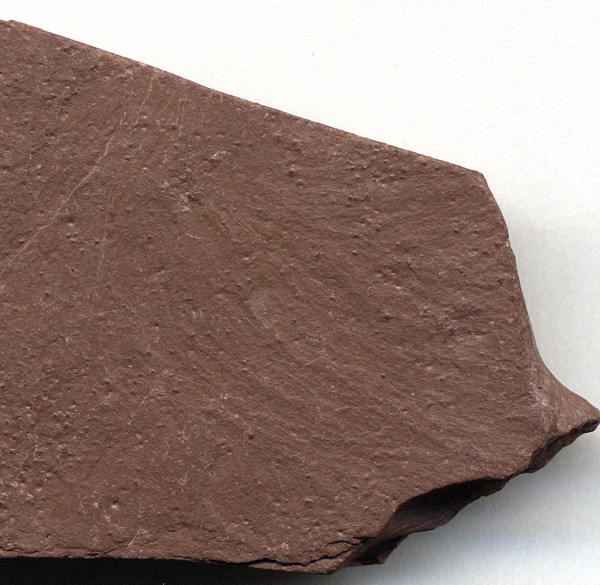
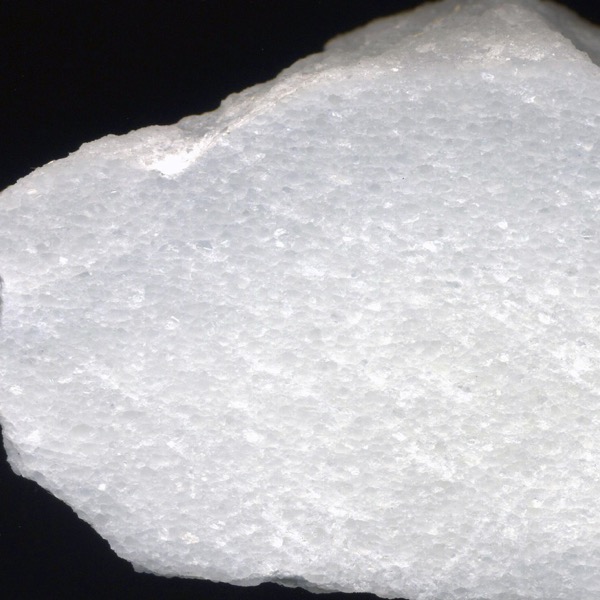
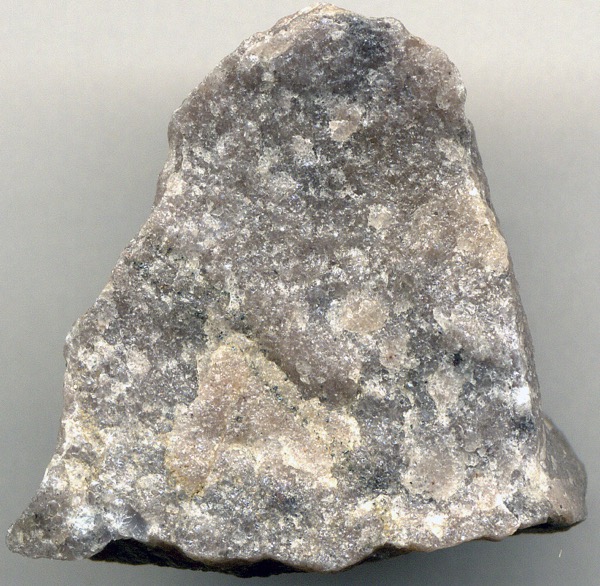
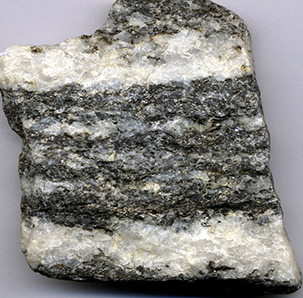
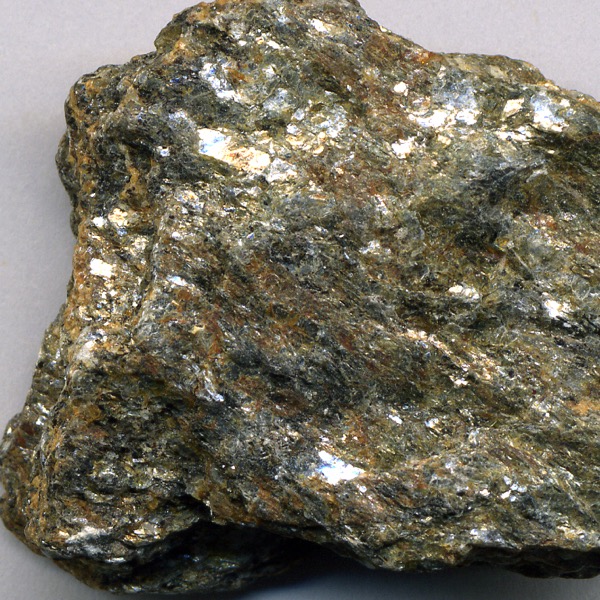
C. Determine the following characteristics to the best of your ability from the photos of the samples above:
- Color
- Texture (foliated or non-foliated?)
- Probable mineral content
- Probable parent rock
- Was this rock a product of low-, medium-, or high-grade metamorphism?
- Compare your personal observations with the information in the course Rock and Mineral Guide (above). How is each sample different (or similar) from the Guide?
- For one of the rock samples of your choice, write a half-page summary describing the physical characteristics you can determine from the photo or from any personal sample you have collected. If using a personal sample, please include a photograph. For all the other samples above, include a table summarizing the characteristics you observed (1 – 6). You will be graded on this activity as described in the rubric below.
Grading Rubric
10 points: Report accurately summarized the metamorphic rock characteristics, spelling and grammar are correct and complete sentences are used, including a photograph. Characteristics of the other samples are included in a table and are accurate.
8 points: Report mostly captured the metamorphic rock characteristics, spelling and grammar are mostly correct and complete sentences are used, including a photograph. Characteristics of the other samples are included, but one or two details were missing.
5 points: Report missed two or more characteristics, included spelling and grammar errors, and/or did not include a photograph. Characteristics of the other samples are included, but over half of the samples and/or characteristics are missing.
2 points: Report was inaccurate, included significant spelling and grammar errors, and/or did not include a photograph. Characteristics of the other samples are not included.
0 points: Did not complete the assignment.

